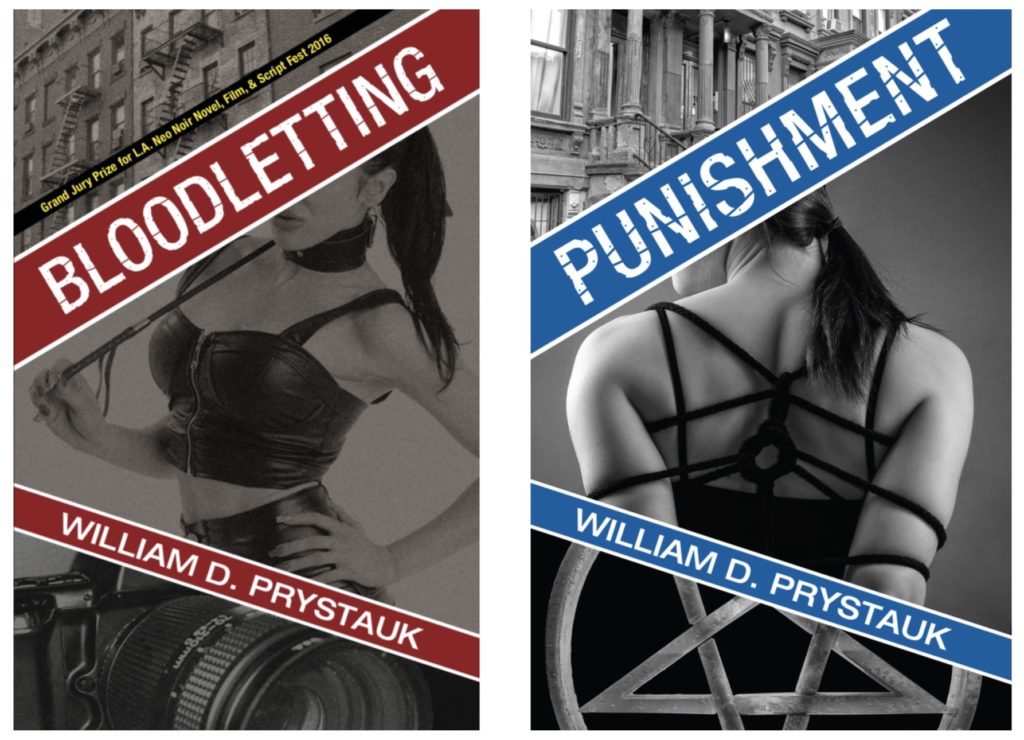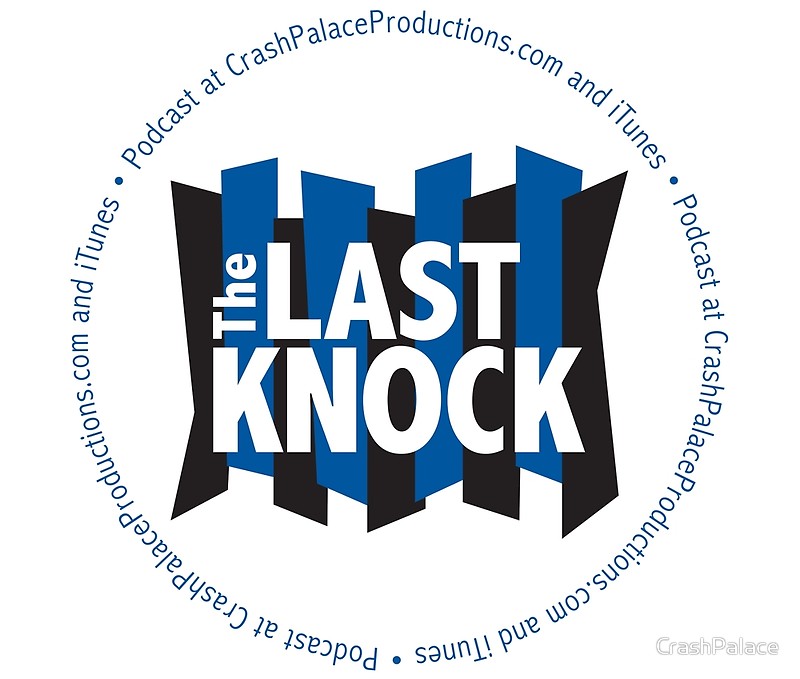
Diverse Thriller
Recently, my local library had a book sale and I went right to the mystery section. I am an author of a diverse thriller series and am always looking for something new and better in the genre. Besides wanting to read something different, as a writer, I want to improve my craft.
I checked out one hardback after another from many of today’s top mystery and thriller writers – and one by one, I put them back on the shelf.
They all seemed to begin the same way: “Detective Danzig looked at the body and knew this would be one of those cases.”
As opening lines go, maybe that’s not too bad. We have a body, a weary detective with experience, and a story in the making. But every book I picked had the same cadence, tone, and word usage as if the same writer had penned them all.
And all of them seemed to be helmed with either a white and straight lead male in conservative dress and a vanilla lifestyle, or an occasional white and straight lead female also into conservative dress and a vanilla lifestyle.
There was no diverse thriller in sight, and the first paragraph of each book turned out to be more boring than the last.
Big Screen, Small Screen
However, most modern authors seem to be writing their stories to appear to one audience: Hollywood producers. As I read them, from Lawrence Block and Harlan Coben to Michael Connelly and Max Allan Collins, I could easily see how the screenplay for the big feature film would be laid out, or where commercials would be wormed in for a television series.
Worst of all, every story is “safe.”
The tales come in at what seems like a PG-13 rating, even if written for adults, and all of the writers hold back in both language and description. Cozy mysteries do that most often, but that’s the hallmark of that particular sub-genre.
A crime thriller should be something more. Something darker. Something visceral that conjures emotion. Instead of the reader wondering with a smile how the protagonist will solve the crime, the reader should be on edge from suspense and surprises, and hope their hero rights a wrong or survives at all.
The Hard-boiled Thriller
Whether you call them hard-boiled, noir, or giallo, these dark detective stories bring suspense, along with a heavy atmosphere of dread. Think of sharp light and bleak shadows, smoke-filled rooms, men on a mission, and femme fatales.
Giallo, for “yellow,” which are the covers of the original Italian mystery novels, have found a tremendous fan base with horror lovers the world over, thanks in part to director Mario Bava who first brought the stories to theaters. The tales are a close relative to slasher films, and in this case, women are butchered at the hands of a maniac.
French noir brought us cynicism and fatalism in black-covered novels and later on the big screen as vibrant, chilling tales of drama.
And the American hard-boiled thriller delivered hardened detectives hellbent on catching the bad guy by almost any means necessary.
One of the main issues, however, is that these books, especially the American novels, hold back in language and detail in an attempt to keep censors at bay. For authors like Ed McBain, some of his books went out of print for many decades in the United States due to language and content, including drug usage and damsels full of bullet holes.
Hackneyed elements of the genre are so often repeated, finding a diverse thriller that breaks from such trope-filled fare is hard to come by.
Hard-boiled Beginnings
Hard-boiled thrillers go back to Dashiell Hammet in the late twenties, up to Raymond Chandler and Mickey Spillane, and in modern but still tempered form with Collins, among others.
However, Chandler stands above them all for exceptional, succinct writing that set a standard none of the aforementioned could attain.
Even so, Chandler’s Philip Marlowe is prone to altering crime scenes to protect women he barely knows. Meanwhile, Hammet censors himself to the point of comedy. And Spillane’s Mike Hammer is a blowhard fool who can walk into a bar, find an attractive woman who’s interested in him, and who will tell him everything he needs to know about a tough case he’s stuck on. Collins, a major fan boy, follows in Spillane’s footsteps with his contrived and predicatble Quarry series.
In the end, the stories aren’t as hard-boiled as they could be, and there is little room for a diverse thriller. This is because the formula worked with readers and new writers chose to emulate instead of create – or even instigate.
Different Kinds of Modern Thrillers
Gillian Flynn got off well with her intriguing novel Sharp Objects, which became a series. Her Gone Girl and Dark Places both made it to the big screen. And Flynn’s success may be because of original storytelling mixed with characters that are far removed from the archetypes readers have been coping with for decades. These are female leads, cutters, alternative kids, and the sociopath next door who presents herself as “normal.”
Yet even with all her accolades, Flynn can fall short. For instance, the foundation for Dark Places is so ludicrous, the entire storyline comes apart. Plus, she never goes as deep and as dark as she can – like a solid singer who just can’t hit the high notes (or isn’t allowed to due to her publisher’s conservatism).
Frederick Busch’s Girls may be conservative in nature, but his poetic prose, descriptions, and the depth of his characters, makes for a tremendous read that may bring one to tears. This alone is a far cry from the genre’s typical trappings.
Matthew Stokoe’s incredibly harsh and disturbing High Life beats out any modern thriller for keeping things visceral, raw, and horrific at every turn with a parade of despicable characters. And his writing style is nothing short of amazing. In fact, he can conjure up suspense and terror like no horror writer can – and I mean NO ONE. Maybe because Stokoe doesn’t hold back, he has a solid fan base, but it’s only a small one due to traditional limitations many in the United States have come accustomed to as readers.
Both Flynn and Stokoe create books that fall into the diverse thriller category because they take the tried and true and spin it. This is important because it keeps the genre fresh. Otherwise, imagine seeing ten different magicians but they all have the same act…
Bloodletting and Punishment
When I set out to write my crime thriller Bloodletting, I hadn’t read many mysteries (other than Nancy Drew and the Hardy Boys as a child), and wasn’t familiar with Chandler, Stokoe, or anyone else. I just had a story in my head that I had to get down on paper before I imploded.
Well, it had already been down on paper as an R-rated screenplay. Bloodletting earned the Second Place Winner spot in the Screenwriter Showcase Screenwriting Contest and came in first for mysteries. Years later and soon after publication, the novel won the Grand Jury Prize from L.A. Neo Noir Novel, Film, & Script Fest.
I had never set out to write diverse thrillers but the characters just came into my head that way: The protagonist, Denny Bowie, is a punk rocker New Jersey native, who’s also bisexual and a BDSM switch. His girlfriend, Penny Dallion, is a Domme Puerto Rican bisexual, while his boyfriend, southern belle, Erin Marr is in the transgender realm and learning the ropes of submissive sexual expression. Later, Vara Black comes into the tale as a pansexual Wiccan from Germany.
The trio calls New York’s Greenwich Village home, where they meet a cast of alternative lifestyle characters in the LGBTQ and BDSM communities – and beyond. Yes, there’s blood, mayhem, sex, and mystery, but the good souls in the BDSM world adhere to the “safe, sane, and consensual” mantra practitioners respect and live by.
When it came to language, sex, and violence, I kept things graphic not for shock’s sake, but to keep the story genuine. This was something Chandler, Hammet, and Spillane couldn’t do, while the likes of Block, Coben, and Connelly continually fail to do.
I do not know why some writers cater to the old Puritanical mainstays of American self-censorship, but that’s something I refuse to engage in because I am not writing for children. Thankfully, my publisher, PageCurl Publishing out of Seattle, agrees with that philosophy.
If you’re looking for thrillers off the beaten path, inhabited with characters far removed from conservative fare, you can pick up Bloodletting and the sequel Punishment for your Kindle (free through Kindle Unlimited). Both come in low-priced paperbacks.
I always appreciate and respect quality feedback from fans, and honest reviews on Amazon as well as Goodreads. So feel free to speak your mind if you have indulged in the stories.
More to come about thrillers and the stories behind Bloodletting and Punishment at Crash Palace…

The Plot Sickens: Here’s Crash’s new way to look at Horror Movie Remakes!

Billy Crash
Also known as William D. Prystauk, he loves great, in-depth characters and storytelling in horror, and likes to see heads roll, but if you kill a dog on screen he’ll cry like a baby. Crash, an award-winning screenwriter and novelist, co-hosts THE LAST KNOCK horror podcast on iTunes, and can also be found on Twitter, LinkedIn, IMDb, Amazon, Behance, YouTube, and Instagram. He’s currently in pre-production on a dramatic horror feature while working on the third novel in his crime thriller series.
Get your Crash Palace and The Last Knock gear!
THE LAST KNOCK horror podcast is a Crash Palace Productions’ featured show. Besides this site, you can find THE LAST KNOCK on iTunes with new shows posted every other Sunday at 9 PM ET.
Crash Palace Productions website design and creation from Brian Yount Digital Enterprises with banner and THE LAST KNOCK art from Palko Designs. Logo designs from Paul Belci.
(The Tunnel by photographer Pierre L’Excellent.)

